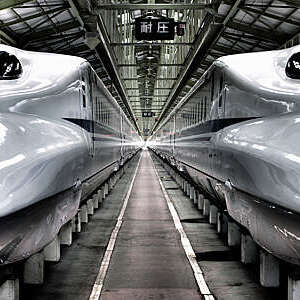How to build a robust railway
As the world’s number one overland transport system, trains are routinely expected to deliver safety, efficiency and comfort for passengers and goods. Supporting the sector, ISO standards for railways will help to make rail travel the preferred choice for the future.

